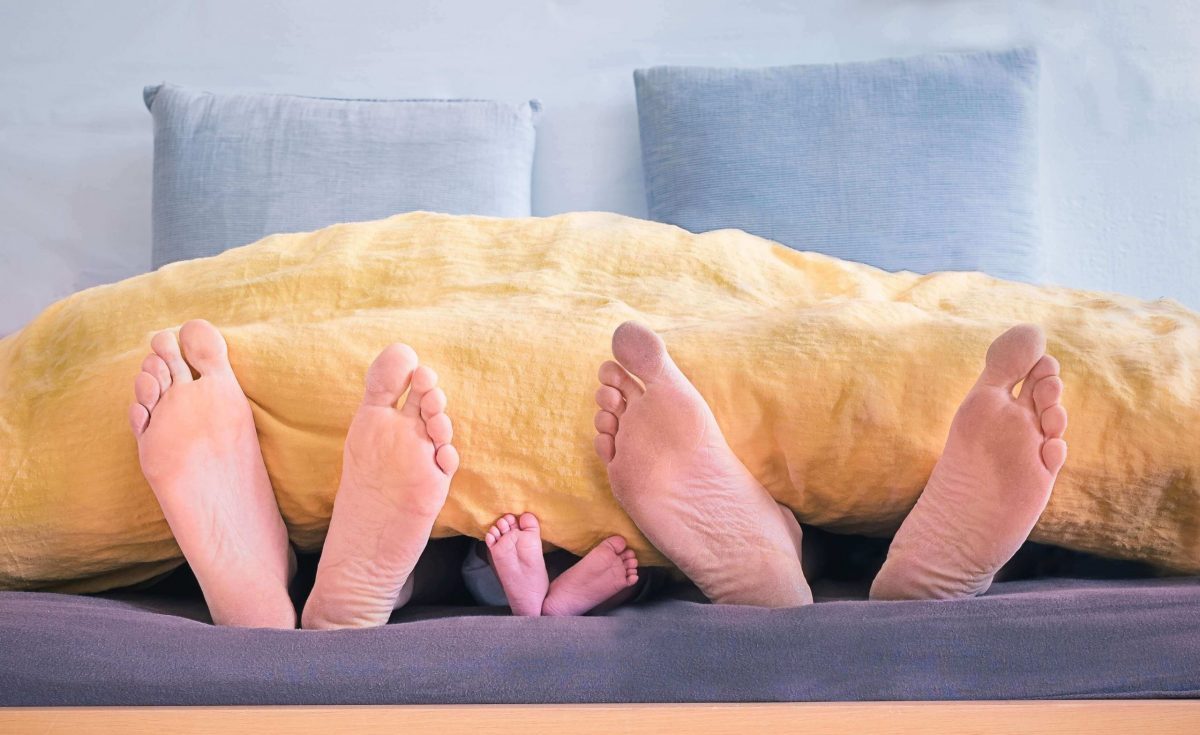
What it is, how to spot it and more useful information about eczema on feet.
Dyshidrosis is a skin disorder characterized by tiny, fluid-filled blisters on the palms of the hands and the sides of the fingers. The bottoms of the feet are sometimes impacted as well. The blisters that develop as a result of dyshidrosis usually last three weeks and cause severe itching. Your skin may appear scaly once the blisters from dyshidrosis have dried. Blisters frequently return, sometimes before the preceding blisters have healed entirely.
Take a look at the following article if you want to know more about eczema on the feet, including a detailed definition, how to spot the symptoms, possible causes of getting it, and recommended treatments to get rid of the pain and itchiness.
What Is Eczema On Feet?
Dyshidrotic eczema is characterized by a rash of tiny, painful blisters on the palms and sides of the fingers. Blisters might form on the soles of your feet or between your toes as a result of this skin ailment.
Dyshidrosis, foot-and-hand eczema, pompholyx, vesicular eczema, or palmoplantar eczema are some of the additional names your doctor might use. Because there is no cure, these blisters will appear and disappear over time. Medicine, moisturizers, and proper hygiene can help you manage them. Once you reach middle age, they may begin to taper off. It may also go away on its own if you have a mild case.
Causes Of Dyshidrotic Eczema
The etiology of dyshidrotic eczema is unknown to doctors. It primarily affects individuals between the ages of 20 and 40, and women are twice as likely as males to be affected. If you have allergies like hay fever, a family history of dyshidrotic eczema, or other types of eczema, you’re more likely to have it.
Stress, contact with metals like nickel, cobalt, or chromium salts on the job or through costume jewelry, sweaty or moist hands and feet, warm, humid weather, an HIV infection, some therapies for a weak immune system (immunoglobulin), and even seasonal allergies can all trigger dyshidrotic eczema.
Symptoms Of Eczema On Feet
The most visible symptom of dyshidrotic eczema is tiny, itching blisters. These frequently appear in groups. Before blisters emerge, you may experience itching or a burning sensation, blisters on the margins of your fingers, toes, palms, and soles of your feet, red, cracked skin, sweaty skin surrounding the blisters, and thickening and changing-color nails.
Blisters usually disappear in 2 to 3 weeks. For a period, though, the skin beneath it may be red and painful. Dyshidrotic eczema is a type of eczema that can be moderate or severe. Blisters can make it difficult to walk if you have a severe condition that affects your feet. Cooking, typing and washing dishes might be difficult when you have blisters on your hands.
Blisters can become infected, especially if you scratch them frequently. Pain, swelling, crusting, and pus in the blister are all signs that you have an infection.
Is Eczema On Feet Contagious?
It is not contagious to have dyshidrotic eczema. You can’t pass it on to someone else. You risk breaking your skin if you scratch your blisters, which can lead to infection.
Dyshidrosis blisters can become larger and extend to the backs of your fingers, palms, and feet in extreme cases. They are not contagious and will not spread to other parts of your body.
Eczema On Feet Treatment
An ointment or lotion containing a steroid is a typical suggestion for reducing swelling and aiding in the removal of blisters. If you apply a damp compress to your skin after applying the cream, it will absorb the drug more effectively. Here are a few suggested medications for treating itching that dyshidrotic eczema provokes.
- Benadryl. An itch-relieving cream and itch-relieving gel
- Claritin. Can assist in reducing eczema irritation and scratching while also allowing your skin to heal.
- Alavert. This antihistamine is used to relieve symptoms like itchiness, runny nose, watery eyes, and sneezing.
When To See A Doctor For Dyshidrotic Eczema
There is no way to know if you have dyshidrotic eczema without a lab test, but if you have blisters on your hands and feet, contact a dermatologist (a doctor who specializes in your skin). Your hands and feet, as well as your nails, will be examined. Tests to rule out other disorders with similar symptoms, such as athlete’s foot, may be recommended by your doctor.
You might also need to see an allergist (allergist). Patch tests can reveal whether you have a nickel or other metal allergy. During these tests, your doctor will apply patches to your skin containing small amounts of various metals or other substances to see if you respond to them.
It’s only an irritating discomfort for most people with dyshidrosis. Others may be unable to use their hands or feet due to pain and itching. Intense scratching can raise the risk of bacterial infection in the afflicted area.






